Toll Free: (866) 215-0651
Local: (657) 900-2066
Industrial Services: Essential Offerings for Better Operations
Industrial service companies play a vital role in supporting industrial operations' smooth and efficient functioning across various sectors. From maintenance and fabrication to equipment rental and turnaround management, these service providers offer a wide range of specialized solutions to meet the diverse needs of industrial clients. In this educational blog, we'll break down the critical service offerings provided by industrial service companies, exploring the specific tasks involved and highlighting their benefits to industrial operations.
Maintenance Services
Maintenance services encompass a range of activities to ensure the reliability, efficiency, and longevity of industrial equipment and facilities. This includes:
- Preventive Maintenance: Scheduled inspections, lubrication, and minor repairs to prevent equipment breakdowns and prolong asset lifespan.
- Corrective Maintenance: Prompt repairs and replacements in response to identified issues or equipment failures to minimize downtime and production losses.
- Predictive Maintenance: Utilizing data analytics and condition monitoring techniques to proactively predict equipment failures and schedule maintenance, optimizing asset performance and reducing unplanned downtime.
Fabrication and Welding
Fabrication and welding services involve the construction and assembly of metal structures and components and the joining of metals through welding processes. Tasks include:
- Metal Fabrication: Cutting, bending, and shaping metal sheets and profiles to create custom components and structures according to client specifications.
- Welding: Combining metal parts using various welding techniques such as arc welding, MIG (Metal Inert Gas) welding, TIG (Tungsten Inert Gas) welding, and spot welding to ensure solid and durable bonds.
Equipment Rental
Equipment rental services temporarily provide temporary access to a wide range of specialized machinery and tools, offering flexibility and cost-effectiveness for short-term projects or peak demand periods. This includes:
- Heavy Machinery: Excavators, cranes, bulldozers, and other construction equipment for earthmoving, lifting, and material handling tasks.
- Power Tools: Drills, saws, grinders, and other tools for cutting, shaping, and assembling materials in fabrication and construction projects.
Turnaround and Outage Management
Turnaround and outage management services involve the planning, coordinating, and executing of scheduled shutdowns or maintenance activities in industrial facilities. This includes:
- Planning and Scheduling: Developing detailed turnaround plans, timelines, and resource allocations to minimize downtime and optimize productivity.
- Execution and Coordination: Managing personnel, equipment, and resources effectively to ensure smooth and efficient execution of turnaround activities, including inspections, repairs, and upgrades.
Industrial Cleaning
Industrial cleaning services encompass various tasks to maintain cleanliness, hygiene, and safety in industrial facilities. This includes:
- High-Pressure Cleaning: Using specialized equipment to remove dirt, grime, and contaminants from equipment, machinery, and surfaces.
- Confined Space Cleaning: Cleaning and decontaminating confined spaces such as tanks, vessels, and silos to ensure compliance with safety regulations and prevent hazards.
Benefits to Industrial Operations
Each of these service offerings plays a critical role in enhancing industrial operations' efficiency, productivity, and safety. From minimizing downtime and production losses through proactive maintenance to improving operational flexibility and resource utilization through equipment rental, industrial service companies help businesses optimize their performance and achieve their goals. By partnering with trusted service providers and leveraging their expertise and capabilities, industrial operations can thrive in today's competitive landscape, ensuring continued success and sustainability for years.
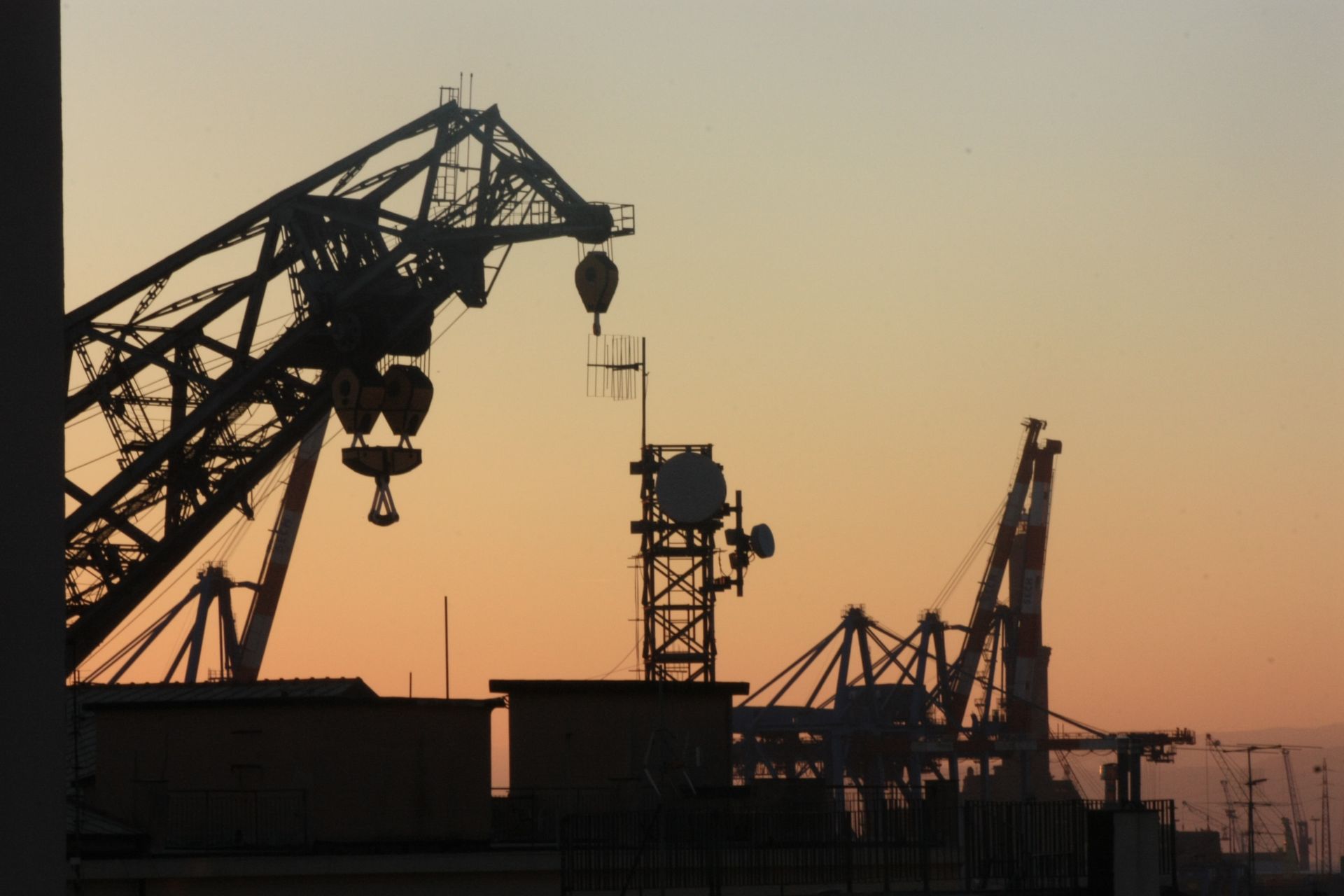
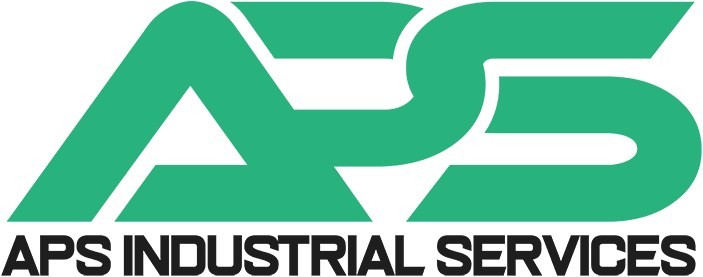

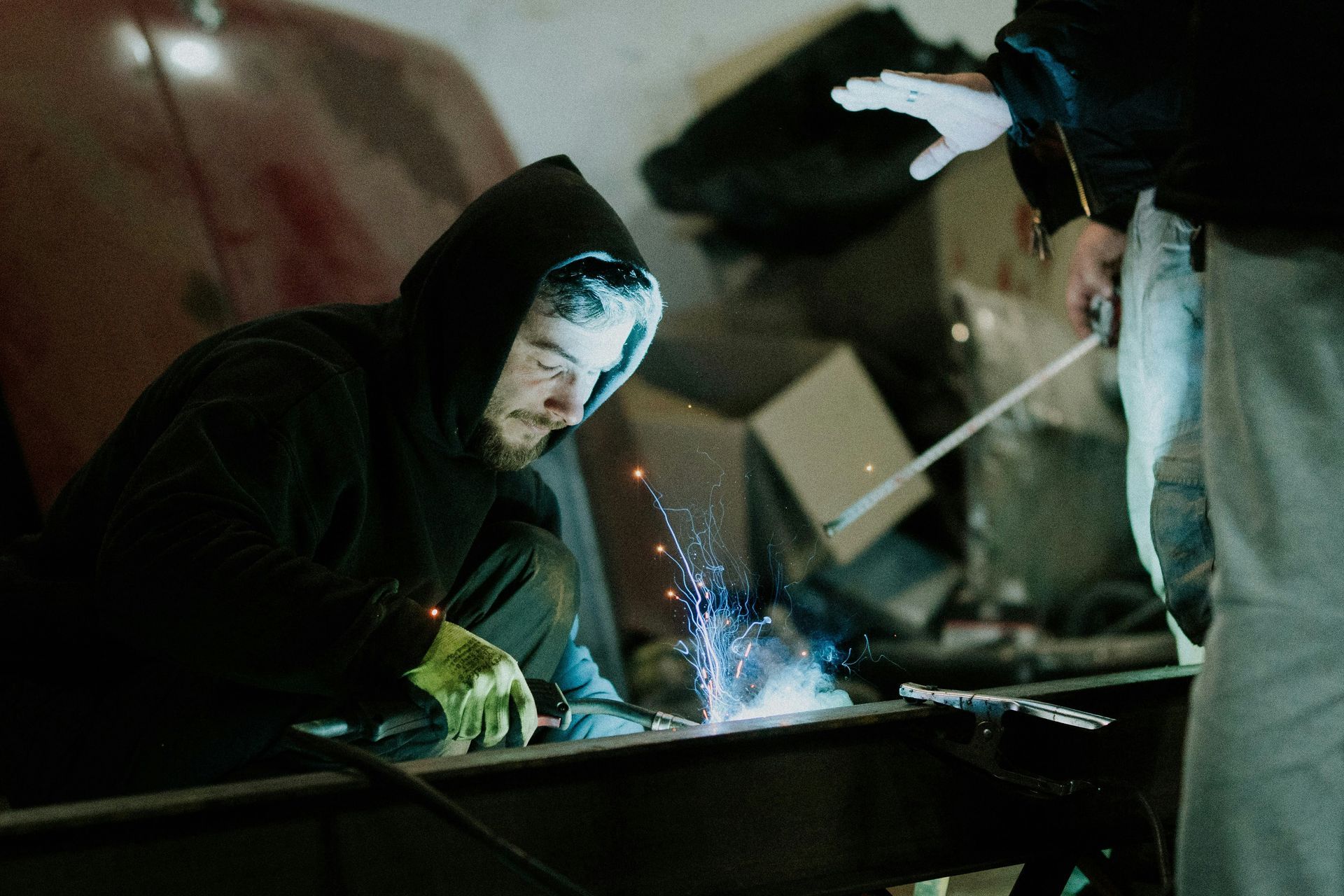
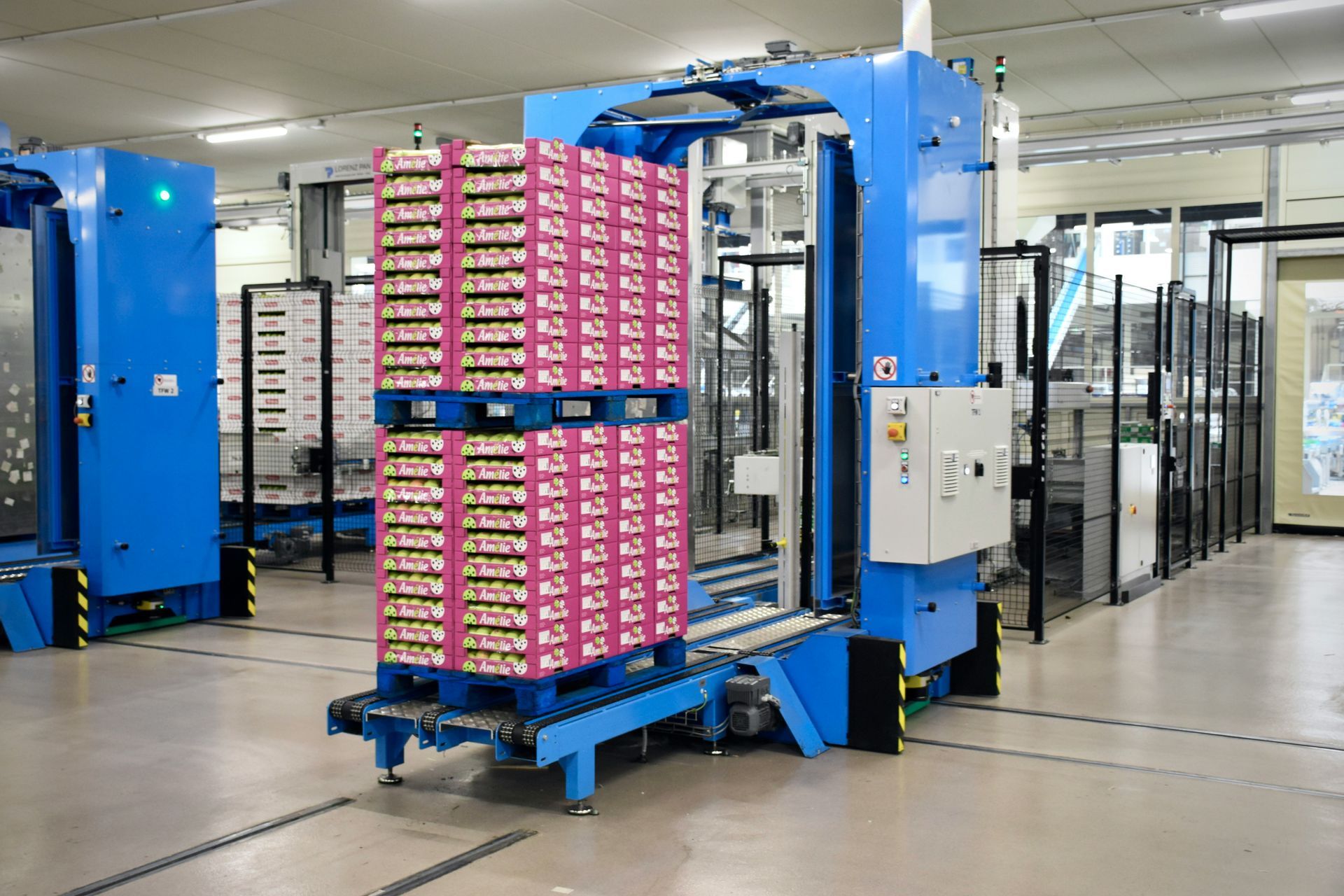
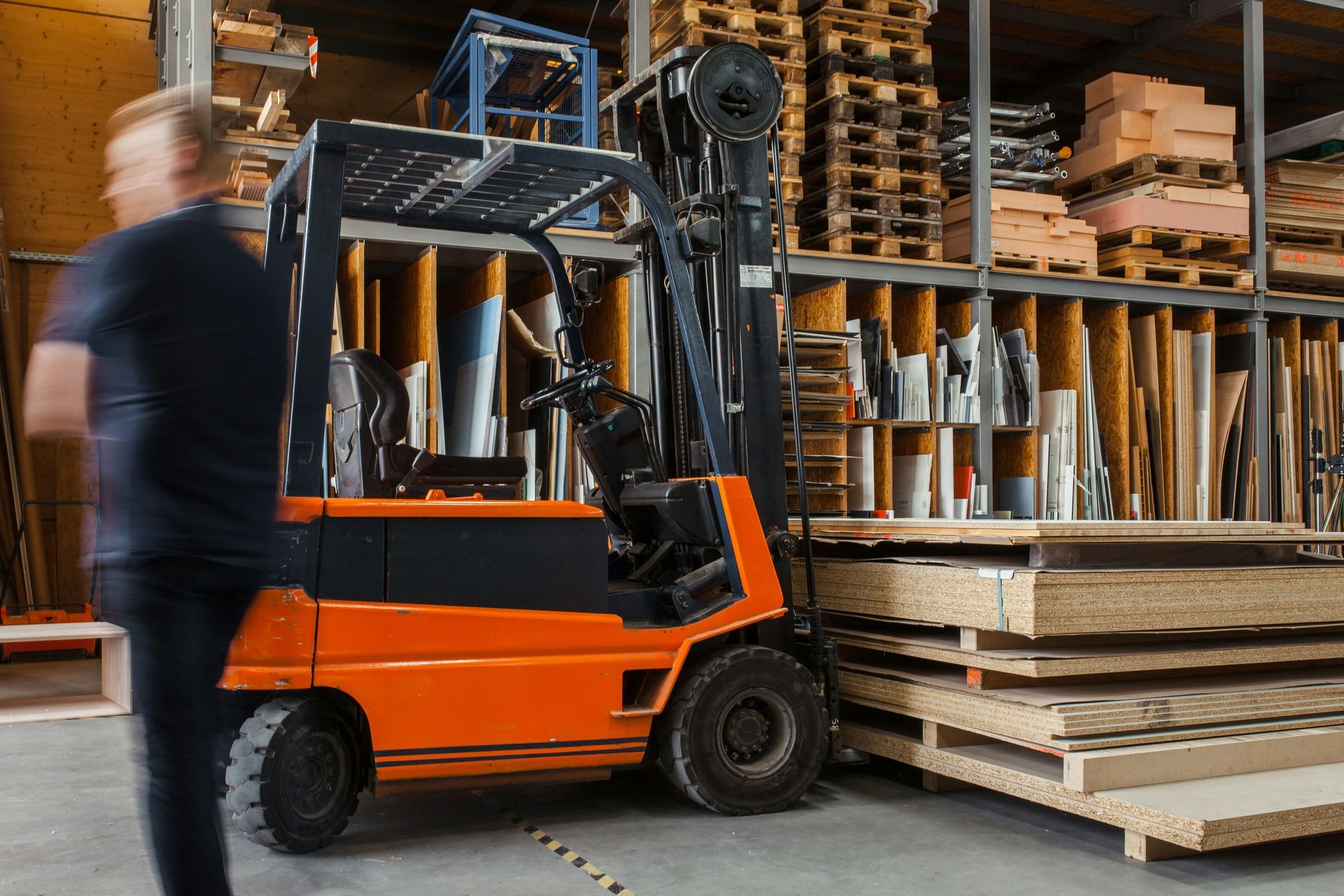
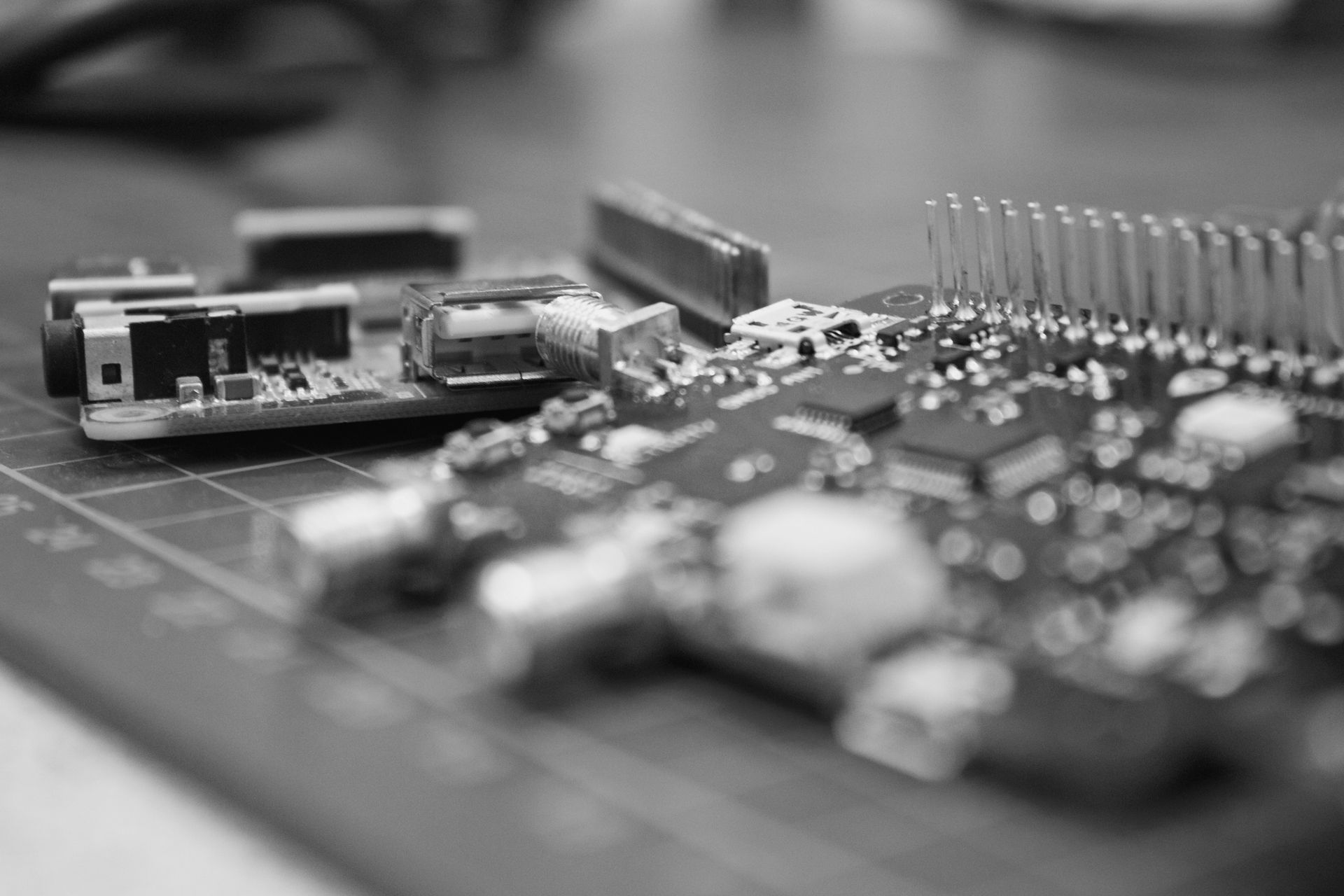

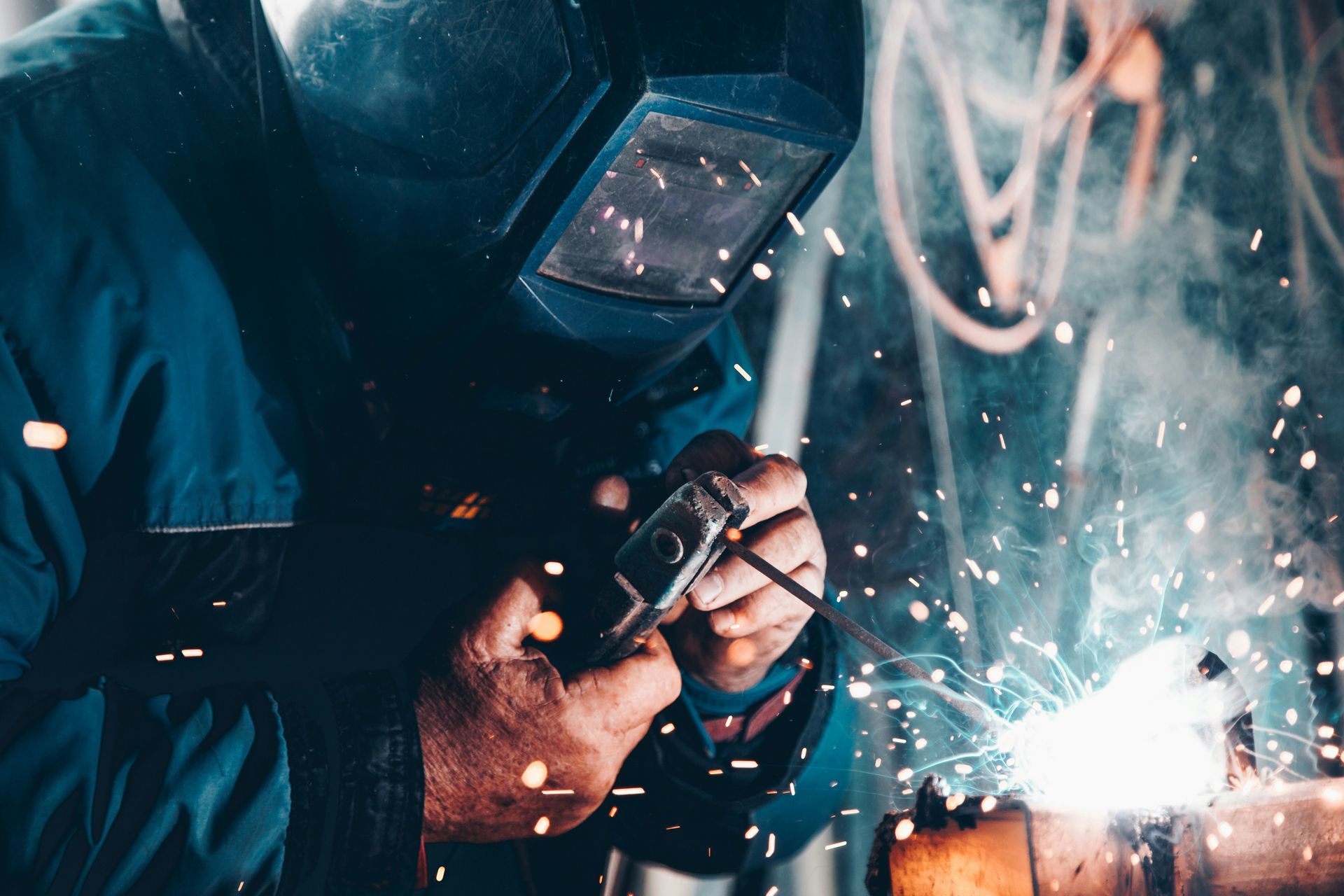
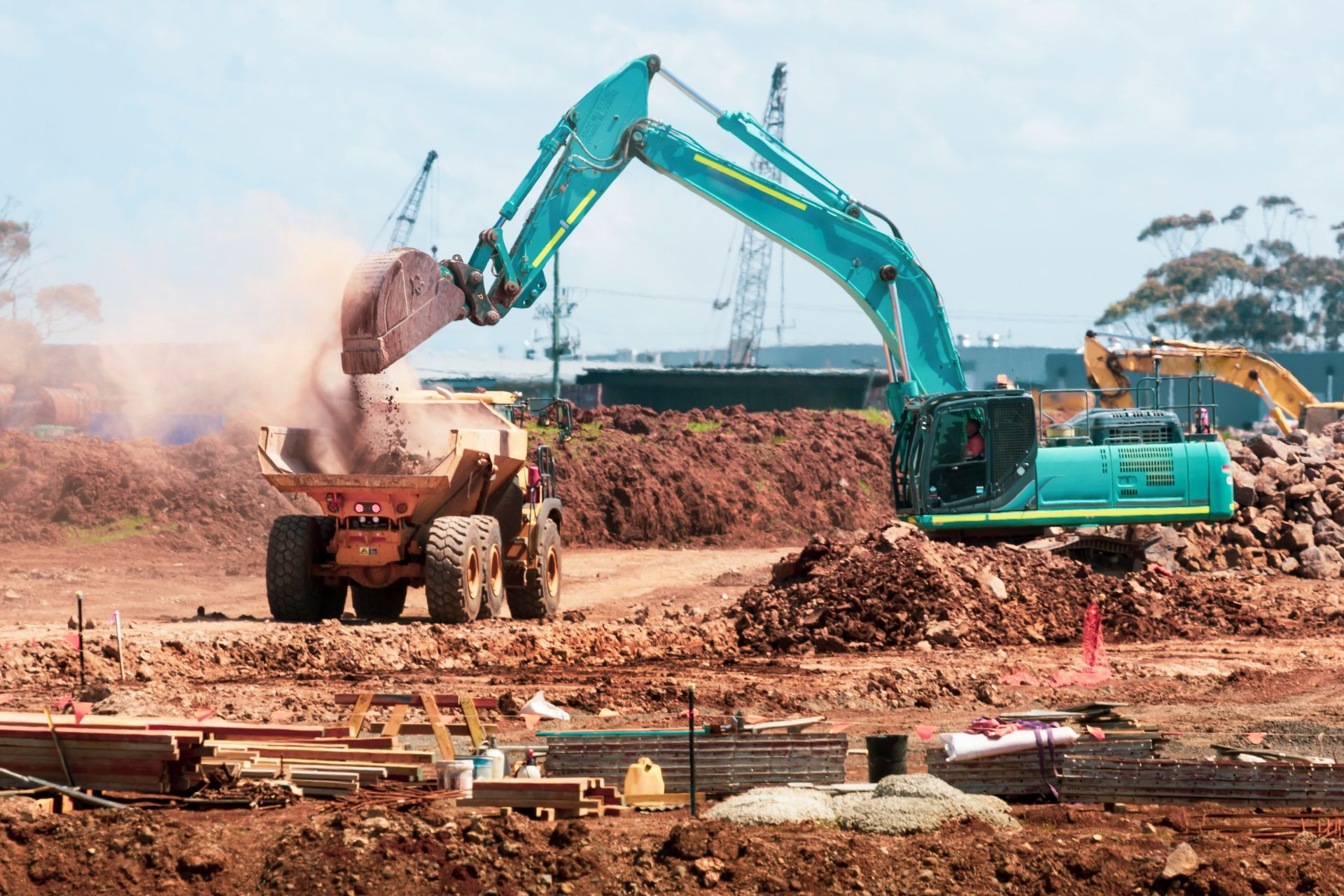
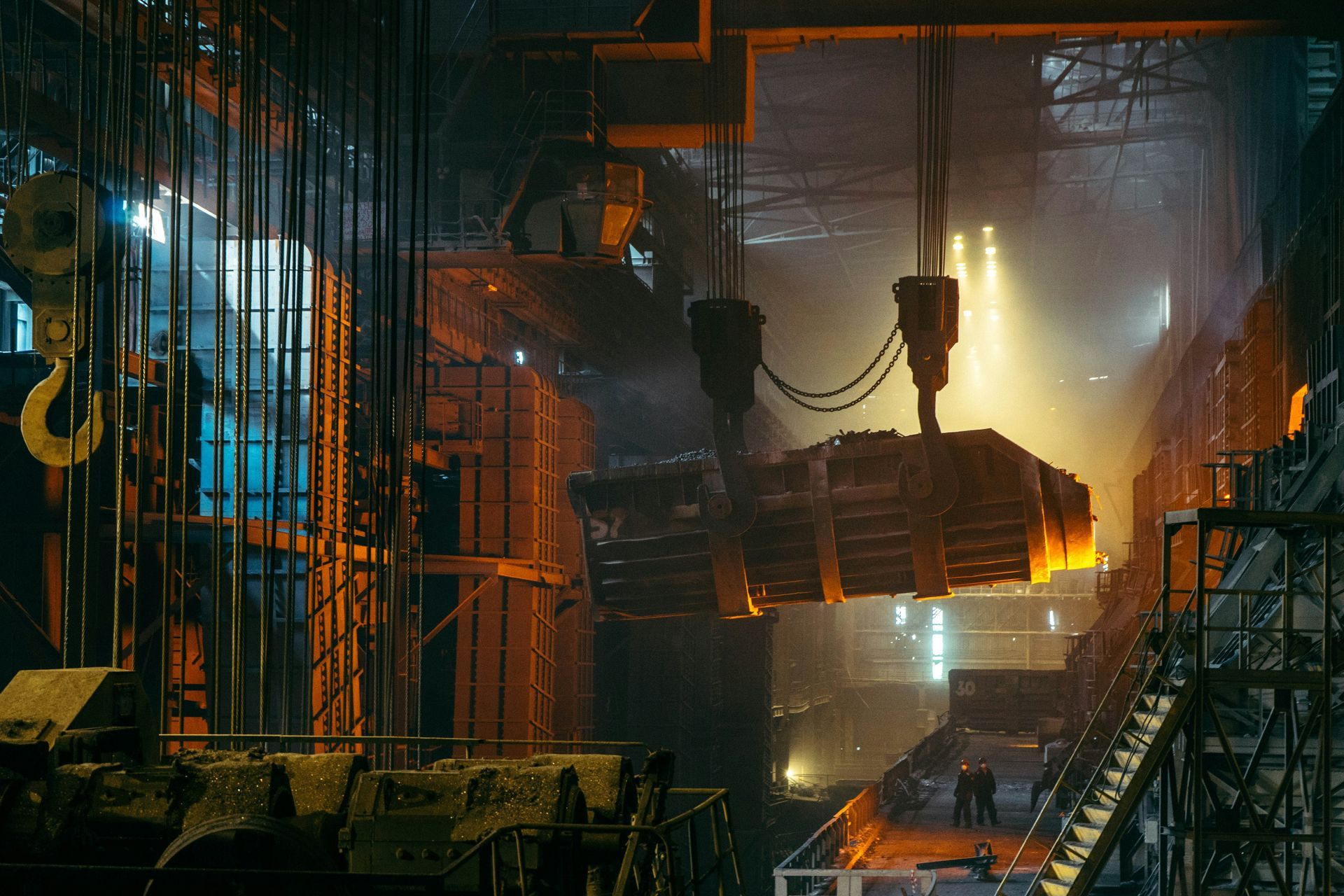
Share On: